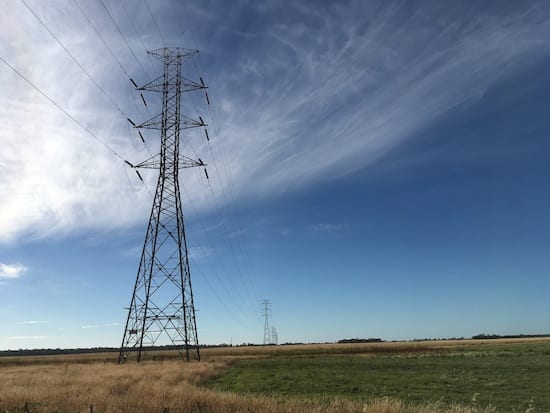Excessive super-profits notched up by Australia’s regulated electricity networks for most of the past decade are inflating consumer bills while impeding the progress of Australia’s energy transition, a new report has found.
In an analysis of profitability for the 18 monopoly electricity networks serving Australia’s national electricity market (NEM), IEEFA found that super-normal profits had been recorded every year since 2014. These super-normal profits were found to be excessive in eight of those nine years.
The report finds that from the start of financial year 2014 to the end of financial year 2022, a total of $11 billion in supernormal profits were extracted across all networks, on top of the allowed profit of $16 billion.
In 2022, alone, the combined actual profits were $3.4 billion, 2.5 times the risk-adjusted, allowed profit of $1.4 billion – a supernormal profit of $2 billion.

IEEFA says the disturbing trend is costing consumers dearly through inflated power bills – network charges are passed on to customers via retailers, and are typically one of the largest single components of power bills.
According to the report, excessive supernormal profits are estimated to have cost between $80 and $400 per customer in the 2022 financial year.

But as well as harming power affordability, it’s also costing Australia’s energy transition, by diverting up to $11 billion of revenue away from spending needed to support grid reliability, including investment in new transmission and storage capacity.
“The extra profits substantially increase the costs to consumers of the energy transformation,” says lead author and IEEFA consultant, Simon Orme.
“This is because renewable energy and storage require large-scale investment in new network infrastructure.
“If the supernormal profits are baked in over the coming years, the new network investment will cost much more than necessary.”
Certainly, they seem to be headed that way. In the report, excessive, sector-wide supernormal profits are described as “structural and persistent, and not the result of timing and short-term factors.”
“Over nine years … [they] cannot be explained by ‘outside factors’ such as innovation or productivity improvements, changes in financing costs, a higher tolerance for financing risk, or changes in the level of inflation,” IEEFA says.
“Supernormal profits do not reflect ‘gold plating’ or over- investment, as they are calculated after all investments in new or replacement assets.
“IEEFA has considered alternative explanations for supernormal profits, and they do not withstand critical scrutiny,” the report adds.

Rather, the report finds that the extra profits mainly come from forecast network costs that are consistently higher than actual costs – including financing costs, operational costs to keep the networks running and other costs.
When there is a difference between the forecast and actual cost it is eventually pocketed by network shareholders, Orme says.
“This means wealth from electricity customers has been transferred to network shareholders: private domestic shareholders, private offshore shareholders and the Queensland, NSW and Tasmanian state governments.”
Meanwhile, the Australian Energy Regulator – which sets the allowed profit levels for regulated networks, to compensate shareholders for regulatory and commercial risks – has failed to provide any evidence or considerations to defend the supernormal profits.
“Two major reviews published by the AER so far this year do not acknowledge the persistent and large extra profits and their implications,” Orme says.
“The AER has so far not provided evidence to show that the multi-billion-dollar extra network profits accumulated over nine years are a necessary outcome.”
What is the answer? Orme says government action is needed to make power bills fairer and more affordable.
“This should begin with commissioning an expert advisory group to report on whether it considers the current profit outcomes are consistent with the current laws and policy support for the energy transformation,” he says.
The report finds potential remedies could also include changes to the laws and rules governing the economic regulation of monopoly networks, alongside the introduction of greater transparency and independent monitoring of network profits by the Australian government.
Currently, regulated network profitability data is not publicly available, the report explains. Among other reasons, this is because these businesses typically operate as part of larger financial reporting entities.
“There should be greater transparency and monitoring of monopoly electricity network performance, and the size and persistence of supernormal network profits,” the report says.
“There appears to be no sound reason for networks and the AER to withhold disclosure of dollar profits and leverage levels for each monopoly network.
“There is more transparency over the competitive than the regulated side of the energy sector, given market disclosures by the major competitive market participants as listed entities in Australia and overseas,” it says.
Suggested improvements to the regulatory system include greater transparency on the size, persistence and bill impact of the extra profits.
Orme says improvements also need to be made to the governance of the AER, including independent evaluation of the regulator’s performance supported by clear definitions of where and by how much extra network profits are determined as reasonable.
The report even identifies some “early wins” that could be made to reduce the network component of power bills from the start of the next financial year, in July 2024.
“Some solutions could be made in time to come into effect from mid-2024,” Orme says. “Without these changes, excessive supernormal profits will continue for the foreseeable future.”










